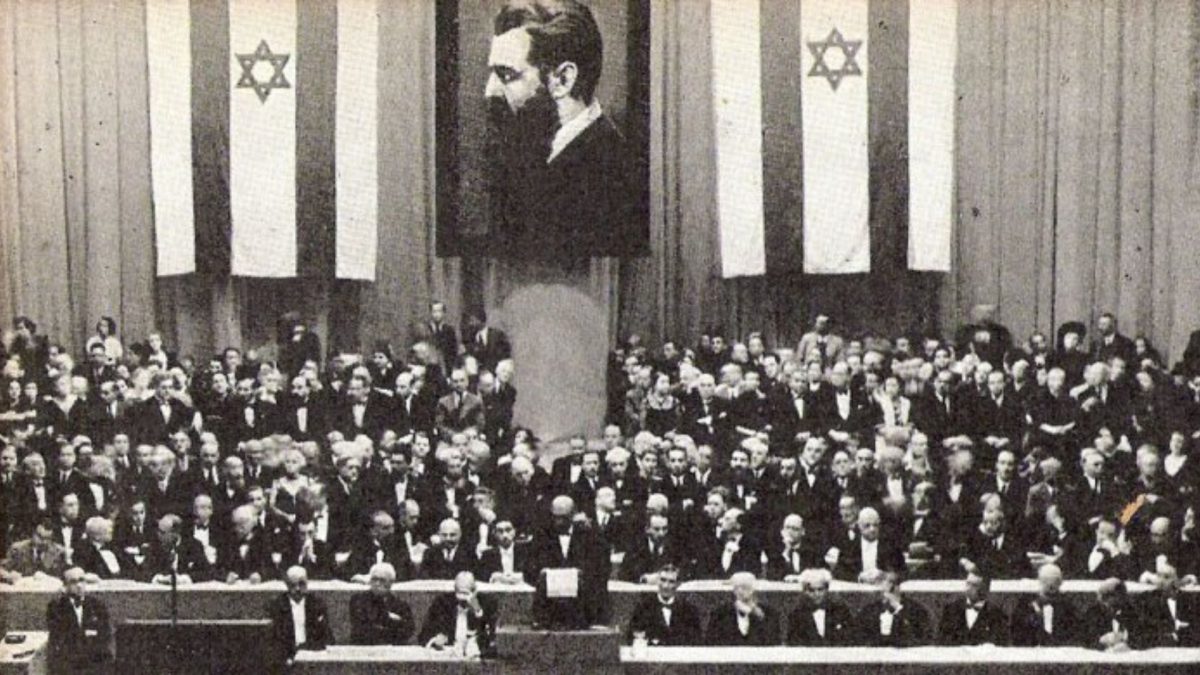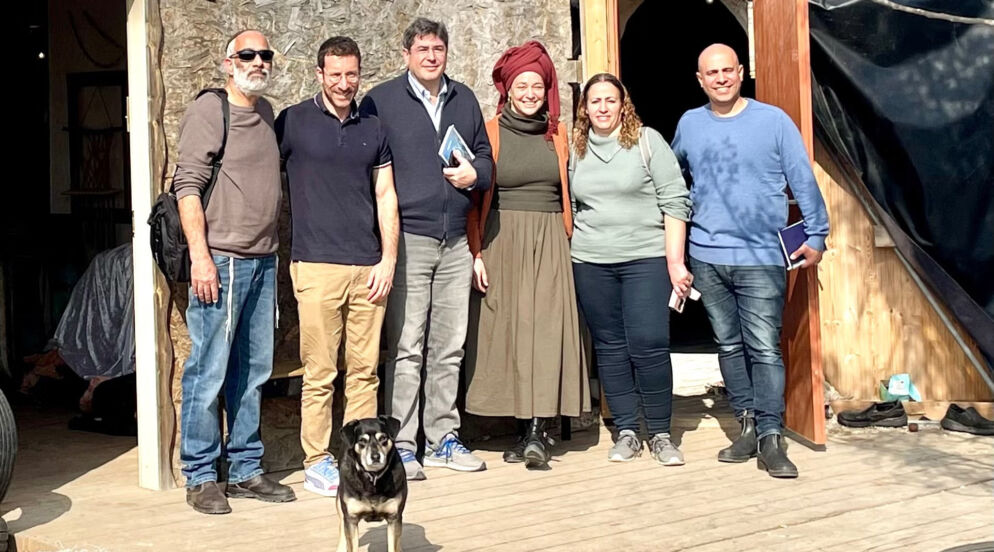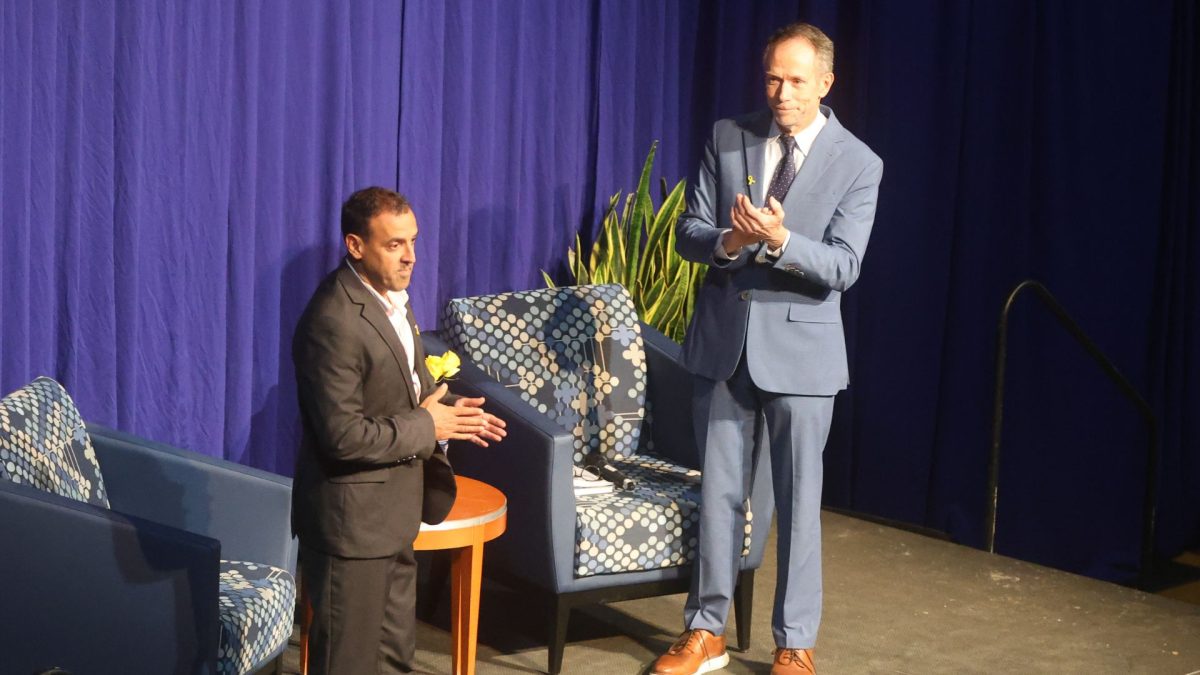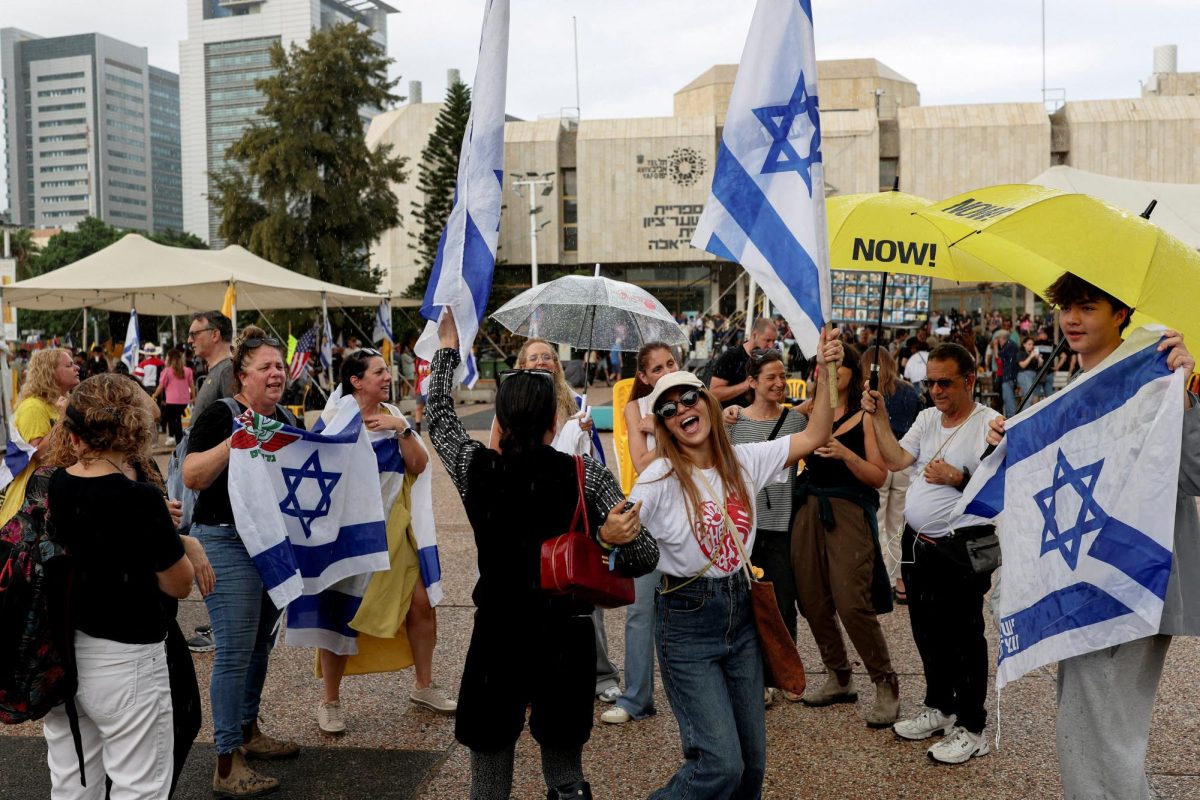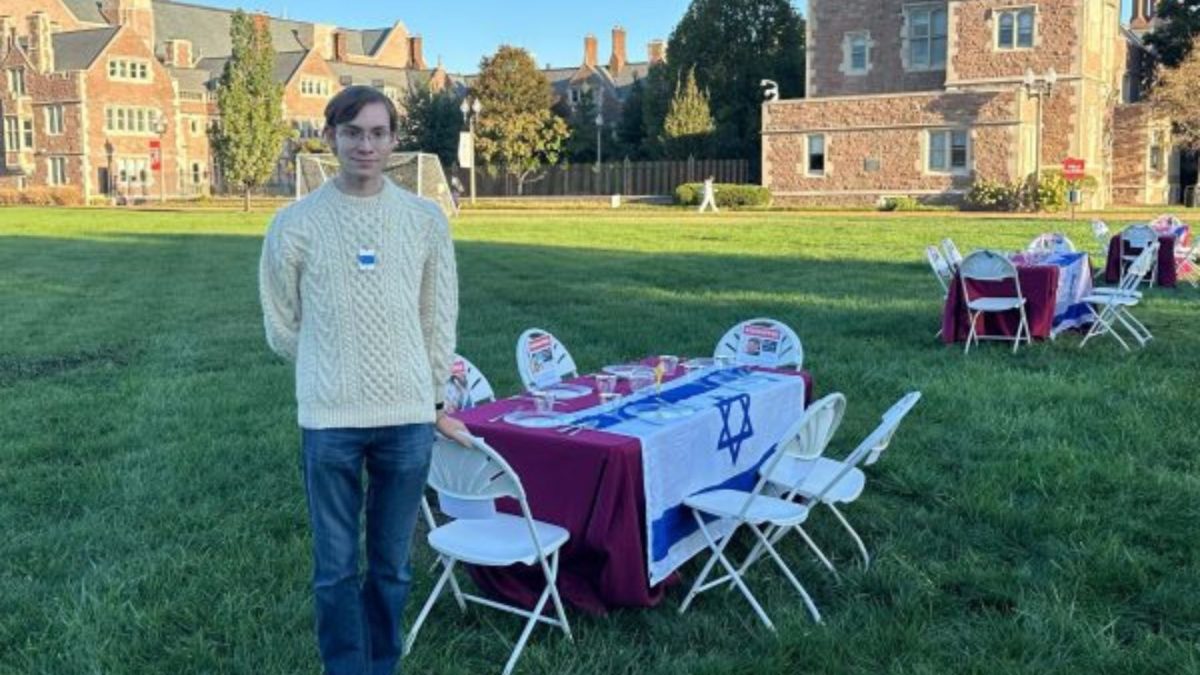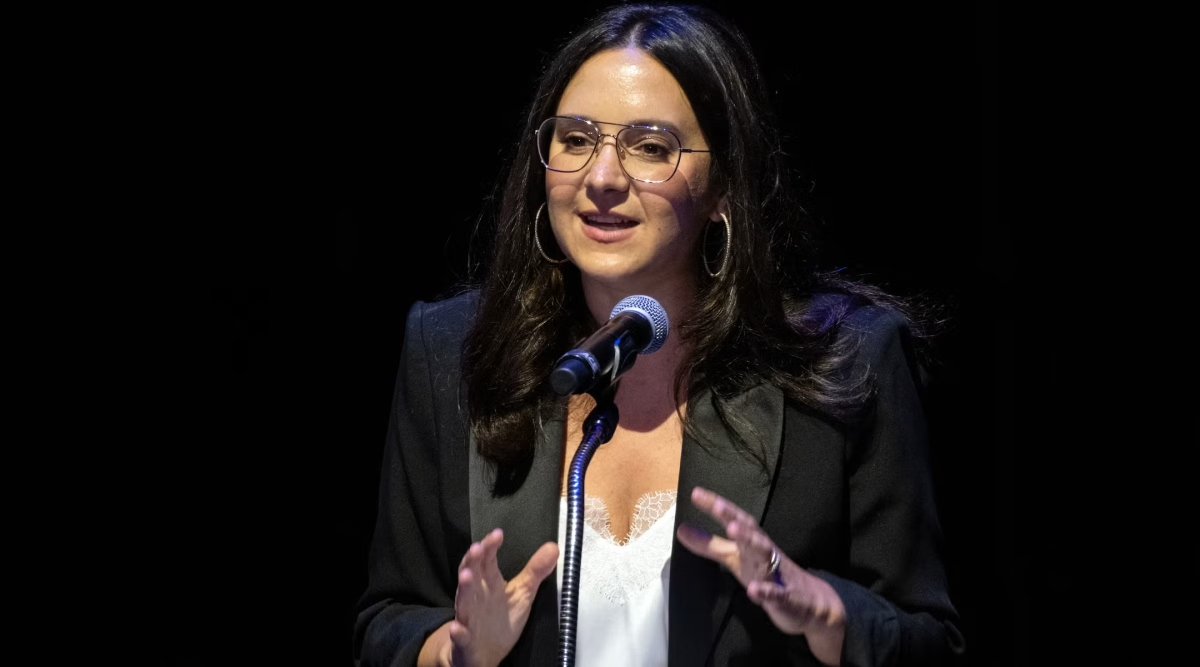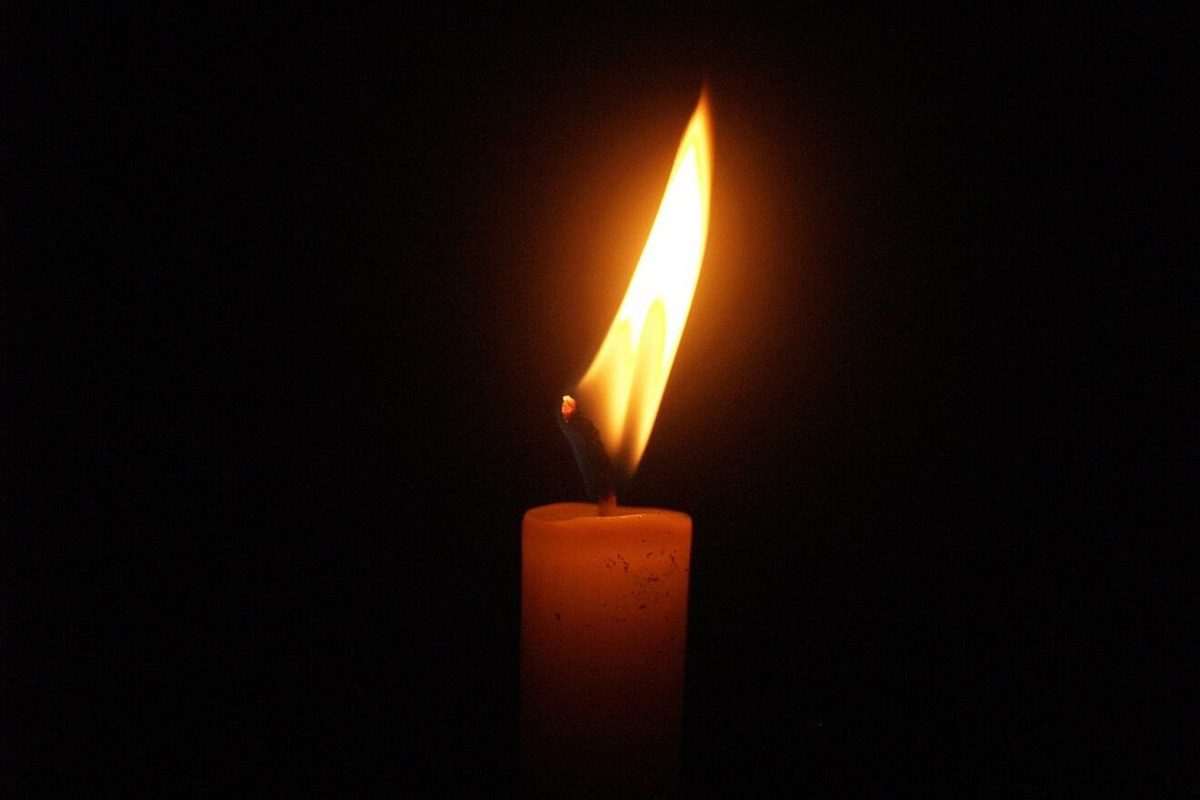(JNS) — In a historic first, evidence of the last Jewish revolt against Roman rule in Israel 1,650 years ago has been uncovered in the central Israeli city of Lod, the Israel Antiquities Authority announced on Sunday.
The discovery of a large public Jewish building from the Late Roman-Early Byzantine period that had been violently destroyed over a millennium and a half ago unveiled a hoard of 94 coins hidden underneath the flooring dating back to the time of the final revolt, the state-run archaeological body said.
The silver and bronze coins, dated between 221 and 354 C.E., were placed there by a person or persons unknown in the hopes of returning to collect them when the situation calmed down.
ADVERTISEMENT
The dates coincide with the little-known Gallus Revolt against the Romans in 351-354 C.E., in which major Jewish communities such as Lod, Tzipori and Tiberias were destroyed by the forces of Roman Ceasar Flavius Claudius Constantius Gallus more than two centuries after the failed Bar Kochba Revolt.
(Under Emperor Constantius II, Gallus served as deputy emperor, based in Antioch.)
Among the various finds in the building, which was uncovered during an excavation on Nordau Street, were impressive stone and marble artifacts; Greek, Hebrew and Latin inscriptions; and one inscription bearing the name of a Jewish man from a priestly family, which is still being studied.
The inscriptions and the complete absence of pig bones in the bone assemblage uncovered at this site attest to this building’s association with the Jewish community, the IAA said.
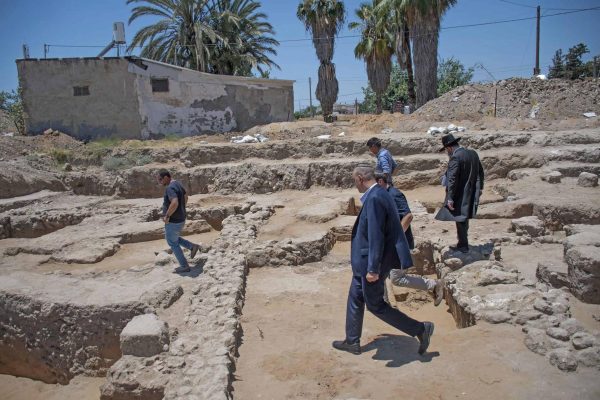
Lod after the destruction of the Second Temple
ADVERTISEMENT
In the wake of the Roman destruction of the Second Temple in Jerusalem almost 2,000 years ago, Lod became a significant Jewish center in the Land of Israel. Some of the renowned Jewish “Sages of Lod” include Rabbi Eliezer ben Horkanos, Rabbi Tarfon, Rabbi Akiva and Rabbi Yosi HaGalili.
“In all likelihood, this is a magnificent Jewish building that housed the city’s elders,” said the site archaeologists, Shahar Krispin and Mor Viezel of the IAA.
“This building, destroyed down to its very foundation, is a clear indication that the revolt was forcefully put down with violence and cruelty, and was not simply a local uprising event, as some earlier studies contended. This is the singular witness, thus far, to the extent and power of this revolt in Lod, located in the country’s center,” they reported.
“This is an exciting and very emotionally moving find, another link in the chain of Lod’s Tannaitic period heritage as host to the authors of the Mishna, and to Lod’s Jewish history,” said Mayor Yair Revivo. “The finds in the area prove that Lod is one of the oldest cities in the world. Lod is connecting to its past and is looking forward to a bright future.”
The details of the find were published in a book that will be available at the annual Central Israel Region Archaeological Conference which will take place on June 20 at the Eretz Yisrael Museum in Tel Aviv, hosted jointly by Tel Aviv University, Bar-Ilan University and the IAA.





